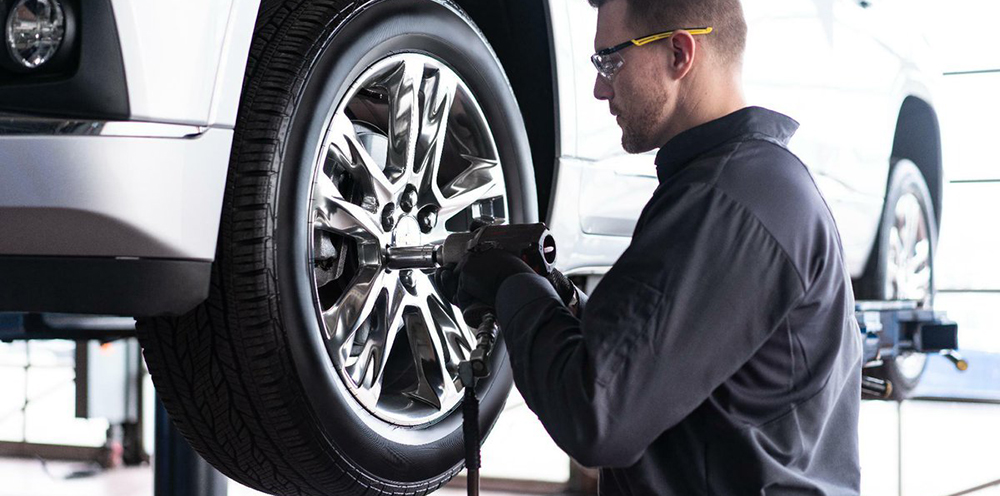| How-To - Wheels and Tires
You've got your head on straight and know wider and lighter-weight wheels will always make sense. You also know there's a lot of fake news, wrong info, and just plain speculation on the interwebs about wheel offset and proper sizing, and how those things relate to vehicle fitment. Lucky for you, tape measures and math don't make stuff up, which means you figuring out what will or won't fit underneath your fenders just got a whole lot easier.
It starts with the easy stuff, like a wheel's overall diameter and width, and ends with you wondering whether or not its centerbore and offset will work, all of which, when calculated properly, will keep things like tires and fenders from becoming too good of friends with one another.
You already know some sort of aftermarket wheels are on your mod list.The number of lugs and the pattern they form are the first things to think about when wondering whether or not a wheel might work. Imagine a circle passing through the center of each lug and you've just imagined its bolt pattern.
Bolt patterns are expressed using two numbers, the first of which is obvious and represents the number of lugs there are, and the second, which tells you how far apart those lugs are from one another. All of a sudden, 4x114.3 means something and tells you that a wheel doesn't just have four lugs, but spaces them 114.3 mm apart from one another.
To determine a five-lug wheel's bolt pattern, measure the distance between the center of any lug and the farthest edge of one two spots over. For four-lug wheels, measure the distance between any two non-adjacent lugs' center points.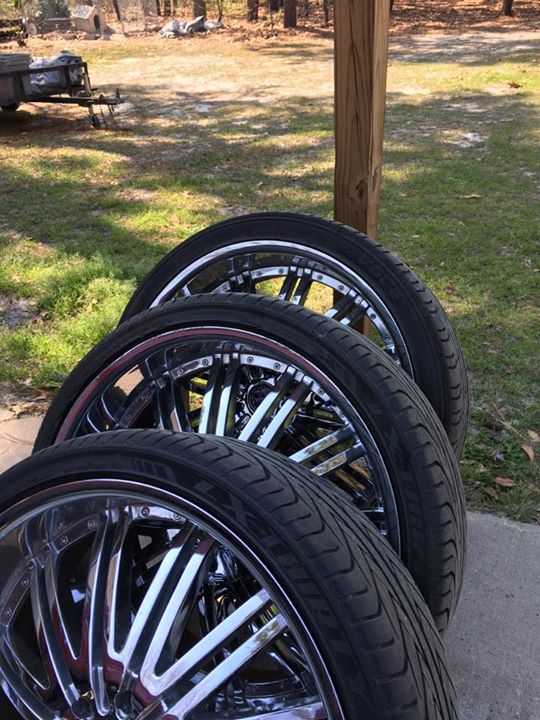
Chances are, if you're driving something that's as least as old as Justin Bieber, it's got hub-centric wheels, which means your car's hubs have extruded rings on them that interface with whatever wheels you've got. The results are less vibration and less stress on a wheel's mounting studs.
Fuhgettabout using non-hub-centric wheels, but don't beat yourself up over wanting to use aftermarket wheels with a different centerbore than your car's. Most aftermarket wheels are designed with centerbores the guy who made them knows are bigger than what your car needs; a cheap set of ring adapters that slip onto your hubs and into your wheels is all you'll need to make everything right.
All modern cars feature some sort of raised lip on each hub designed to interlock with its wheels' centerbores, absorbing much of the load that would otherwise be transferred onto the studs.Use a tape measure or an outside micrometer to measure your hub's centerbore and a tape measure or an inside micrometer to measure the wheel's. As long as the wheel's number is bigger, chances are, there's a ring adapter to make it all work.
As long as the wheel's number is bigger, chances are, there's a ring adapter to make it all work.
The late 1990s have come and gone, which means you probably aren't trying to stuff 19s onto your Civic hatchback and you understand smaller, lighter wheels are almost always better. Stick to a diameter that's close to what you've already got and you can be sure whatever wheels you're eyeballing will probably fit. Downsize too much and plan on investigating whether or not all sorts of important things, like brake calipers for example, will survive.
It's the height of the tires you really care about. Stepping up to a larger wheel, so long as you choose a tire with a smaller aspect ratio, will yield the same sort of overall height. It's called plus sizing, and it's the art of increasing wheel diameter without changing the tires' overall outer diameter or circumference in order to not bungle up important things like your speedometer or traction control system.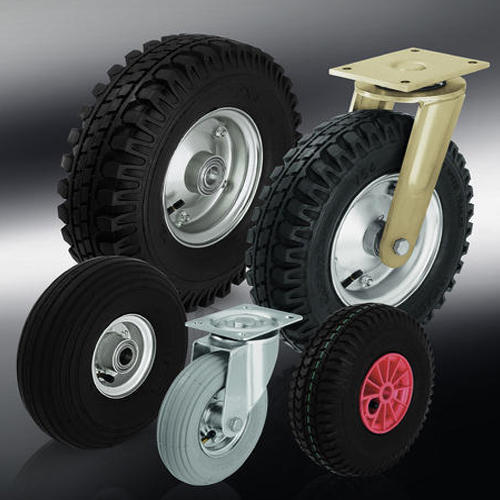
If you care about the right sort of things, then trying to fit a wider wheel into place is important to you. Wider rims can provide better stability and handling and even allow for more communicative steering. Getting them to fit isn't as glamorous sounding. Before you can go on and slap on anything wider than what you've got, though, you have to understand offset.
The consequences of botched-up measurements are wheels that'll bump up against shocks or brake calipers, torque steer, and overall cruddy handling. The path to doing it right starts with knowing your original wheels' offset.
Most wheel manufacturers mold, stamp, or etch the information you need someplace onto the wheel's backside. Here, notice that we're looking at a 17-inch-diameter wheel that's 8 inches wide and has an offset of 54 millimeters.A wheel's offset is simply the distance between its centerline and its hub-mounting surface. It determines where the wheel sits, laterally, its track width, how your suspension reacts vis-?-vis its motion ratio, and, when bungled up, can make a good car look ridonculous and an otherwise well-handling one steer like a sea vessel. Offset is typically expressed in millimeters and can be categorized three ways:
It determines where the wheel sits, laterally, its track width, how your suspension reacts vis-?-vis its motion ratio, and, when bungled up, can make a good car look ridonculous and an otherwise well-handling one steer like a sea vessel. Offset is typically expressed in millimeters and can be categorized three ways:
Positive: Here, the wheel's hub-mounting surface sits closer to its outboard side. The larger the number, the farther a wheel's mass gets pushed underneath the car, reducing the overall track width. Most FWD cars have positive-offset wheels, which creates a negative scrub radius up front and affects how well it'll handle, how stable it'll feel, and is the first thing that gets screwed up when jerking around with the wrong wheels.
Negative: A wheel with an offset less than zero positions its hub-mounting surface closer to its inboard side, giving the illusion that the wheel's been moved away from the car and increasing track width. The smaller the number, the farther away the wheel's mass will sit. Many RWD cars have negative-offset wheels.
The smaller the number, the farther away the wheel's mass will sit. Many RWD cars have negative-offset wheels.
Zero: Here the wheel's hub-mounting surface aligns with its centerline in mathematical bliss.
If you're considering significantly wider wheels, then chances are their offset's got to be reduced in order for them to clear the stuff you care about. A reduced offset positions the wheel's hub-mounting surface farther inward, placing the bulk of the wheel farther outward. If you didn't change anything, then half of the wheel's extra width would land underneath the fender and probably interfere with something it shouldn't.
Get the wrong offset and all of a sudden tires are hitting all sorts of important things, like shock bodies and fender linings.The consequences of your botched-up measurements are wheels that'll bump up against shocks or brake calipers, torque steer, and overall cruddy handling.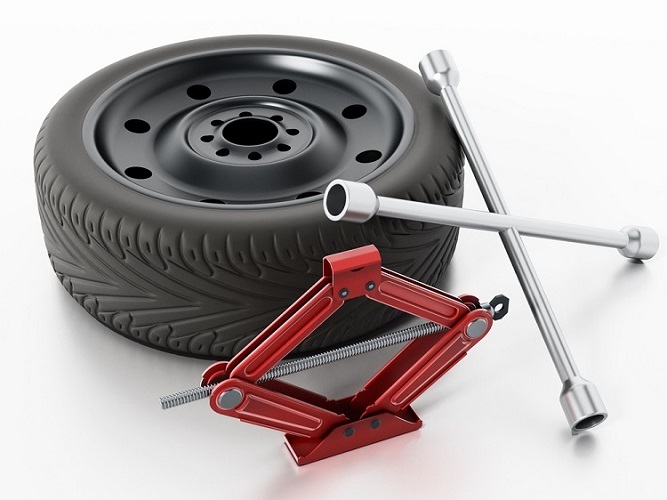 The path to doing it right starts with knowing your original wheels' offset.
The path to doing it right starts with knowing your original wheels' offset.
According to Eddie Lee of Titan 7, excessive negative offset can be a real pain. "Strain on hub bearings, improper handling and driving characteristics, rubbing, and noise" are all side effects Lee points out as consequences of straying too far away from your car's recommended offset. Get it right, though, and according to Lee, you'll improve grip, handling, and high-speed stability. "Just like when you shop for shoes for yourself," Lee points out, "if you don't get the right size and sole for your feet, it can make a big difference."
A wheel's offset as well as its overall diameter and shape determine whether or not it'll clear whatever brake calipers you've got.Before you can do anything, you've got to know your existing wheel's width, backspacing, and centerline. Start by measuring the width or just look for some numbers stamped onto the back of the wheel someplace.
Next, lay the wheel face down on the ground, lay a straight edge across it, and measure the distance between the wheel's hub-mounting surface and the bottom of the straight edge. You've just determined backspacing. Divide the wheel's width in half and you've figured out its centerline. Offset is simply backspacing minus the centerline, which in some cases may be a negative number.
Measuring offset is easy. Start by laying a straight edge across the rim's backside and measure the distance between its bottom edge and the wheel's hub-mounting surface.Once you know your original wheels' offset, you can determine what else might fit. Mount the wheel back onto the car and measure the distance between the tire and whatever it might hit, like a suspension member, for example. Keep in mind that only half the width of whatever new wheel you're considering has to fill that space, so you might have more room than you think.
If you don't have any extra space, consider reducing offset to push the wheel away from the suspension.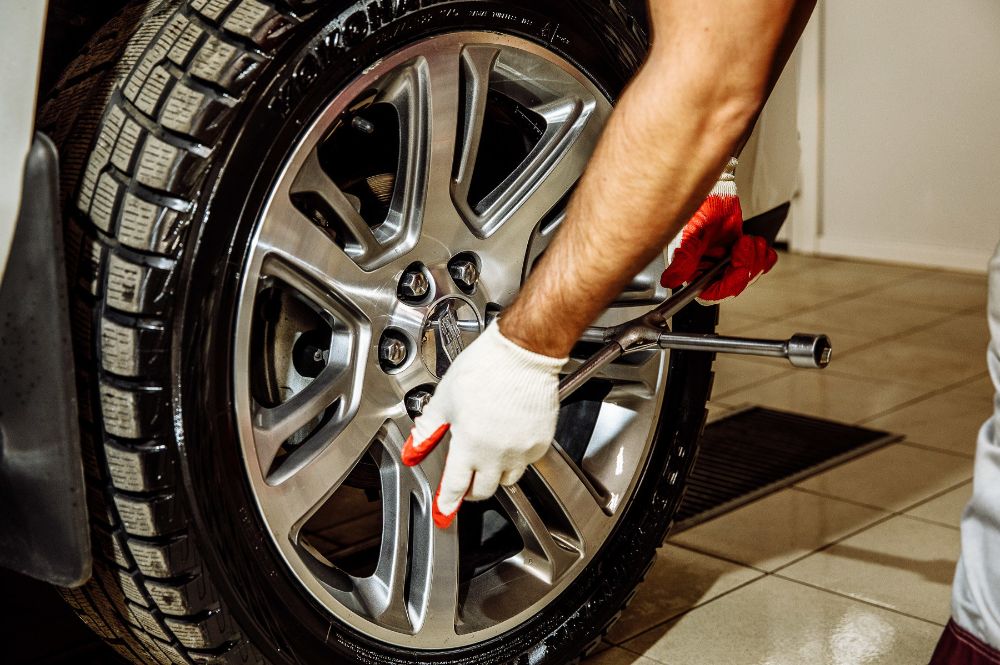 In other words, say you've got an inch of clearance between the wheel or tire and, say, an upper control arm. It'll take a wheel 2 inches wider to smack up against that arm. Before finalizing anything, know that not all tires are the same, despite their sharing the same advertised size, which means it'll do you well to budget an extra 1/8 inch into your calculations for any irregularities.
In other words, say you've got an inch of clearance between the wheel or tire and, say, an upper control arm. It'll take a wheel 2 inches wider to smack up against that arm. Before finalizing anything, know that not all tires are the same, despite their sharing the same advertised size, which means it'll do you well to budget an extra 1/8 inch into your calculations for any irregularities.
Bolt patterns, offsets, and widths are absolute, but sometimes trial and error is the only thing separating you and a wheel that's bound to bungle up a fender. Suspension changes that occur upon travel and tire sidewalls that flex mean clearances aren't fixed. Hope lies in you measuring properly and, if all else fails, adding another quarter-inch for good measure.
Properly fitting wheels will clear any pre-existing braking and suspension components, won't veer too far away from the original wheels' offset, and won't disturb speedometer or traction control calibrations.This story was originally published July 2015 and was updated with new information March 2020.
On this episode of Epic Drives, Nate Martinez tours Japan's greatest driving roads in Subaru's rear-wheel-drive BRZ coupe. Along the way, he tears up the Toyo Tires Turnpike, climbs Mount Fuji, dances down the hairpins of the Nihon Romantic Highway, and drops the hammer at the tight and twisty Gunma Cycle Sports Center. Sign up for a free trial to MotorTrend+ to watch more episodes of Epic Drives, plus much more!
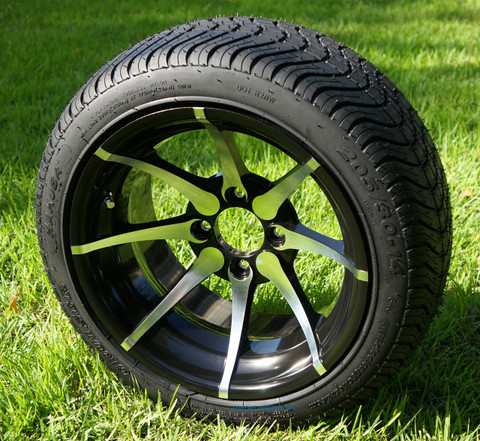 S. in 2022
S. in 2022The most important pieces of real estate on your car are those four small contact patches that grip the road: your tires. Those few square inches of rubber determine just about everything. Tires harness the engine's power, allow the brakes to do their job and determine how successfully a car will go around a corner regardless of whether they’re pulling into a parking stall or screaming into a high-speed sweeper.
Yes, tires carry an enormous burden. That thin doughnut of round and black is a complex assembly of cables, rubber and polymers, all molded into a highly engineered profile. It's then mounted onto a wheel and, of course, inflated with air to give it shape and definition. The manufacturers behind your vehicle, tires and wheels worked together to carefully engineer an optimum combination of grip, road feel, ride quality, noise control and tire wear.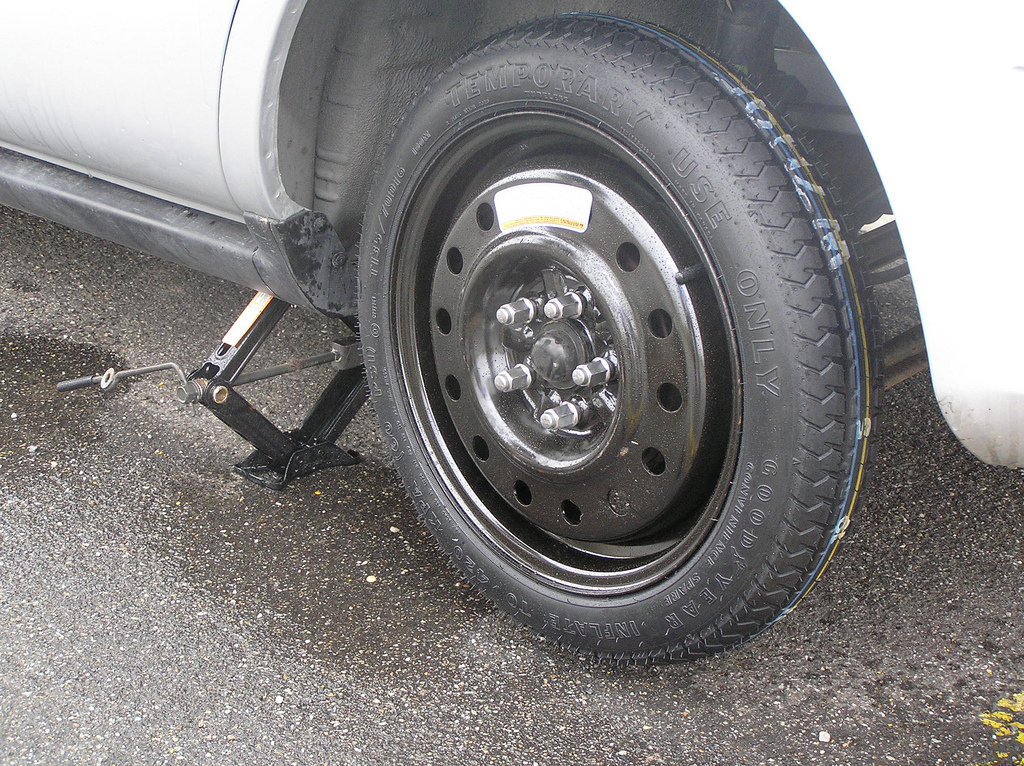
In America, “bigger is better” has been the prevailing trend over the past couple decades. “22s on Porsche trucks” used to be a flex worth rapping about—now it’s a factory option. Big wheels aren’t just the domain of performance enthusiasts looking to fit larger brakes and tires anymore. Sometimes they simply look cool, especially with the taller dimensions of a modern-day car. Just think of how strange a 2020 Mazda Miata would look wrong with the 14-inch stock wheels from its early 90s counterpart. From a design perspective alone, it just wouldn’t work.
Yet there are also practical, everyday reasons why you may want to swap your car’s tires and wheels, too. Some drivers now want to buck the trend of larger, heavier wheels whose low-profile tires are more expensive to replace and don’t offer much cushion on rough roads.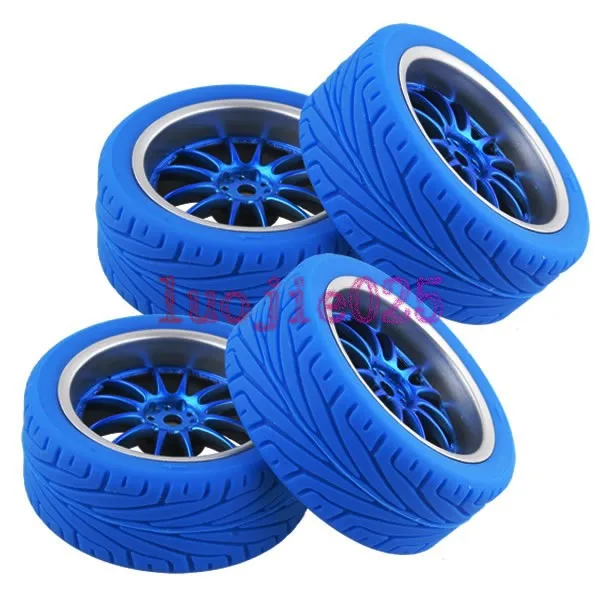 Picking up a spare set of wheels and tires to use during the summer or winter is popular in colder climates as well. Why ruin a nicer set of wheels with road salt and grime if you don’t have to?
Picking up a spare set of wheels and tires to use during the summer or winter is popular in colder climates as well. Why ruin a nicer set of wheels with road salt and grime if you don’t have to?
Bigger is not always better. There's a sizing sweet spot that provides better grip and those head-turning looks without compromising your vehicle's original engineering. So, let's get some basics down before you upgrade to new rolling stock.
Universal History Archive//Getty Images
The first known wheels were made of wood, despite what Fred Flintstone's granite-shod convertible would have you believe. Automobiles even used wooden carriage wheels for quite a while. Increased power and weight soon outstripped wood's capabilities, and wheels were upgraded to steel, either in a stamped, welded dish or a lighter hub, spoke and rim design. Lightweight steel-spoked wheels lingered until the 1950s, especially on nimble foreign sports cars, but larger American cars needed the stronger stamped and welded wheels.
Steel's weight penalty led racers and enthusiasts to explore magnesium—a metal as strong as aluminum, but even lighter. Unfortunately, pure magnesium corrodes very easily unless it's properly sealed and can even catch fire in an accident. Magnesium wheel fires are still singled out in firefighting courses today, as taking a water hose to a burning magnesium wheel only makes it burn more intensely. These earlier magnesium wheels didn’t get much use outside of racing because of these on-road liabilities.
What some old-schoolers call "mag" wheels today are actually a safer, more stable magnesium alloy or more frequently, an aluminum alloy that’s been painted or chromed. Beyond these alloys, there are now ultra-lightweight carbon-fiber wheels, but those are still far more expensive than an alloy set. For now, most wheel upgrades involve aluminum alloys.
One of the reasons why people opt for larger wheels and tires revolves around the contact patch—specifically, how much tire touches the ground at any given time.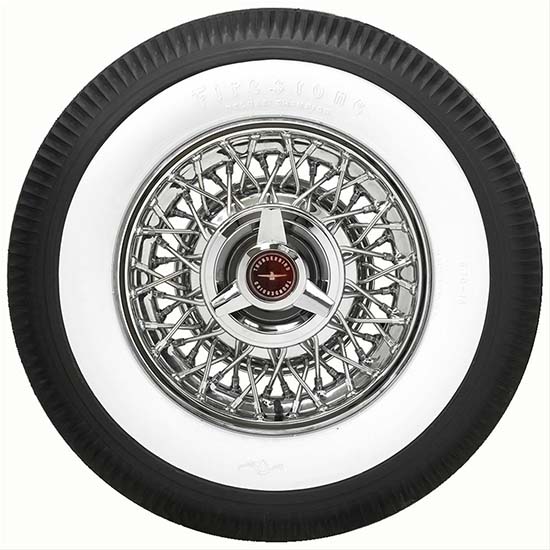 Maybe you’ve upgraded your engine for more power and now your tires break loose if you just look at them funny. You’re going to need more contact with the ground (and thus, more grip) in order to use that extra power for more than sick burnouts.
Maybe you’ve upgraded your engine for more power and now your tires break loose if you just look at them funny. You’re going to need more contact with the ground (and thus, more grip) in order to use that extra power for more than sick burnouts.
There are two ways to increase the size of the tire's contact patch: make it longer or wider. A longer patch of tire tread means that the tire's overall diameter increases. This works better on a four-wheel-drive truck, but if you increase the diameter of the tire on most passenger cars, you’ll have problems.
First, there’s the obvious issue. The tire can rub other parts of the car, like the wheel well.
Secondly, because the radius of the overall tire is larger, the car’s effective gearing gets taller, which robs it of acceleration. Gear ratios are usually written like “4.10:1.” The higher the first number is, the more that gear multiplies the input torque that ultimately spins your wheels.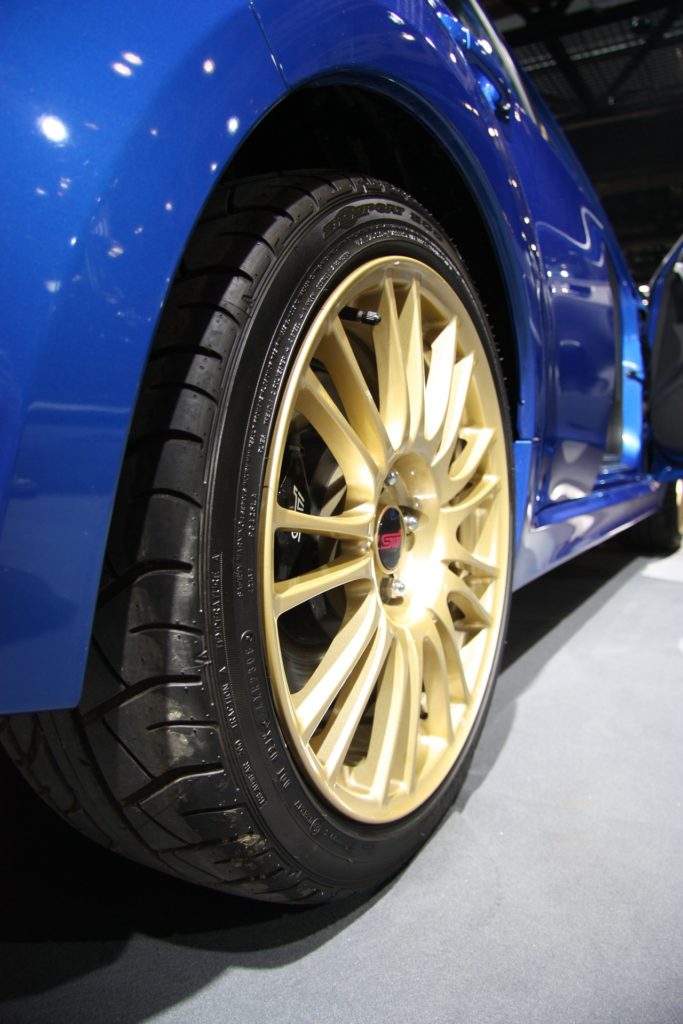 Problem is, it takes longer for a larger diameter tire to complete one rotation.
Problem is, it takes longer for a larger diameter tire to complete one rotation.
Popular Mechanics/Ash Bartholomew
So, if your gearing is set up to rotate the wheels a certain number of times with a smaller-diameter tire, using that same gearing with a larger-diameter tire won’t rotate that tire as many times. Your 4.10:1 gear ratio may effectively be a “taller” 3.75:1 ratio because of that larger tire diameter, thus slowing you down. (There are handy calculators online for how a change in tire size affects your gear ratio if you’re serious about modifying your car’s gearing to compensate for this.)
Furthermore, your car’s anti-lock brake system isn’t calibrated to handle the increased angular momentum from all that extra spinning weight concentrated near the rim and it can malfunction as a result.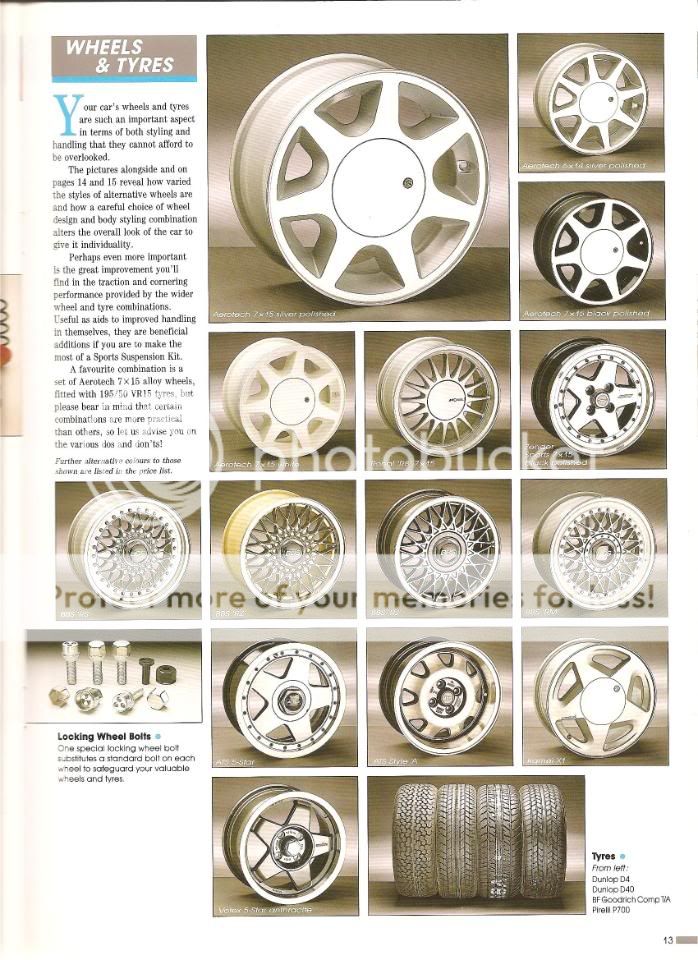 You may not notice this until you hammer the brakes going into a slippery corner and slide off into a hedge.
You may not notice this until you hammer the brakes going into a slippery corner and slide off into a hedge.
So, on street cars, we customarily go wider with wheels and tires to increase the size of that contact patch. While you still need to ensure that wider tires will fit inside your wheel wells without rubbing, it’s common to add an inch of width to your wheels—for example, going from a 7-inch-wide rim to an 8-inch-wide one. That allows a wider tire to be mounted.
While you’re adding width to your wheels, you may also want to increase your wheels’ diameter. Then you can fit a tire with a wider tread and a lower profile for better handling. Thanks to the lower profile, the overall diameter of your wheel and tire combo stays pretty close to what it was before. Adding an inch in wheel diameter but subtracting that inch from the sidewall of the tire is called a Plus 1 upgrade as it’s pretty common. Similarly, we can usually go even lower in profile with a Plus 2 (for example, going from 16- to 18-inch wheels) or Plus 3 (16- to 19-inch) upgrade on most vehicles without running into a problem.
The same principle of changing an inch in wheel diameter but compensating for that inch in the height of the tire’s sidewall can be applied to downsizing your wheels as well. Keeping the overall diameter of your tires the same also means that you won’t notice any changes in your speedometer. Speedometers usually calculate your car’s speed by measuring how often your wheels are spinning. If a significantly different tire diameter causes your wheels to turn more or less frequently than it used to, your speedometer won’t give you an accurate speed.
There are reasons to be cautious about up-sizing your wheels and tires, especially with less powerful cars. Wider tires have more rolling resistance than their skinnier counterparts, which can negatively affect your fuel economy. More mass from heavier wheels can have negative consequences as well. As noted, their extra momentum can mess with safety features like ABS, but the extra weight also requires more power to move, which wrecks both your fuel economy and your acceleration. Those wheels’ extra unsprung weight can also overwork your factory springs and shocks.
Those wheels’ extra unsprung weight can also overwork your factory springs and shocks.
As the aspect ratio of a tire drops—that’s the lower profile we’ve been talking about—a number of things change. Shorter sidewalls are stiffer and less compliant, so the tread itself moves less. This in turn improves grip and enhances road feel through the steering wheel. That's good!
A 1-in.-larger rim diameter and 1-in.-wider rim width is a “Plus 1” size upgrade; in this case, the 16-in. rim below. Plus 2 and 3 are shown, slightly exaggerated, on the 17- and 18-in. wheels. Choose a tire that’s close to stock height.
Popular Mechanics/Ash BartholomewHowever, the contact patch becomes more square than oval. That increased width of the tire on the pavement makes the tire more prone to hydroplaning on wet roads. Even at modest speeds, there’s a higher chance for the rubber to ride on top of the water instead of piercing through the water to the pavement.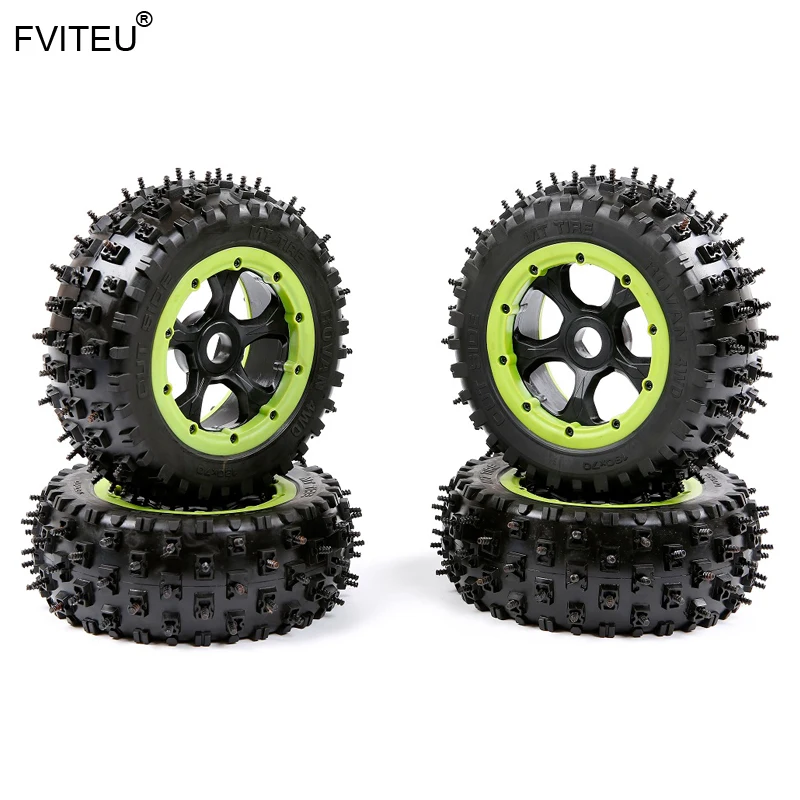 This reduces grip to nearly zero, which is a Very Bad Thing.
This reduces grip to nearly zero, which is a Very Bad Thing.
At the same time, ride quality suffers. One major downside to shorter sidewalls is the increased risk of wheel damage. Those short sidewalls put the rim of the wheel much closer to potholes and curbs.
A short, wide contact patch has more contact area on the road, but that's only if the wheel remains perpendicular (or nearly so) to the ground. The suspension's job has just gotten tougher. A taller, more compliant sidewall deflects more, and thus, has an easier time keeping the contact patch on the ground. With a wider patch and more grip, the car’s body rolls more, lifting the inner part of the tread off the pavement and reducing its grip. Without returning the suspension, handling can actually suffer.
It’s All About GeometryThere’s one more thing you need to be careful with when shopping for new wheels and tires: how does it all fit?
Many cars use a centering hub, which is a raised center section of the hub that mates with a matching recessed part of the wheel. It's intended to keep the wheel precisely centered on the hub, more so than by just tightening the lug bolts. Some wheels may not fit this hub properly, requiring the use of a spacer or even a different wheel.
It's intended to keep the wheel precisely centered on the hub, more so than by just tightening the lug bolts. Some wheels may not fit this hub properly, requiring the use of a spacer or even a different wheel.
Furthermore, the new wheel has to have the correct offset to clear the suspension and brakes. The offset is the distance from the hub mounting surface and the wheel’s centerline, which is the middle point between the rims. It measures where the tire sits laterally from the hub of the wheel.
Popular Mechanics/Ash Bartholomew
If the rim is wider than stock, there may not be enough clearance to the ball joint or steering arm to permit half the extra width to go inside the wheel well. It may even rub the fender! Worse yet, significant size changes can upset steering geometry and overstrain wheel bearings.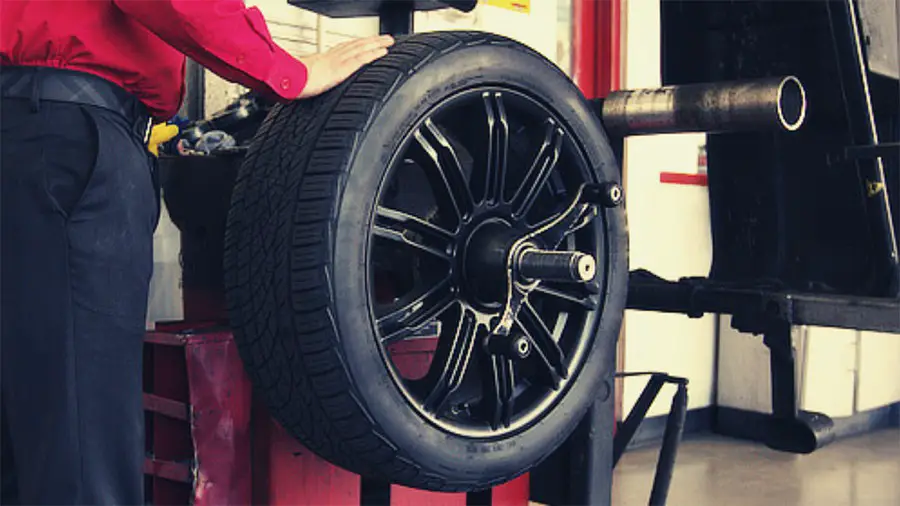 (As with effective gear ratios, there are online calculators that show you exactly how a change in wheel and tire size affects your steering geometry and handling.)
(As with effective gear ratios, there are online calculators that show you exactly how a change in wheel and tire size affects your steering geometry and handling.)
Our advice: Purchase a proven wheel-and-tire combo specifically designed for your vehicle, or go to a shop that specializes in modifying your kind of ride. Places like Tire Rack offer myriad wheel and tire combos based on your specific car and its dimensions. That being said, when wheels come in designs ranging from cute teddy bears to gladiator-like protruding wire hubs, we can’t blame anyone for wanting something more custom.
If you make significant changes to your wheels, you follow it up with the appropriate changes to the rest of your vehicle so that everything works safely as it should.
Stef Schrader
Stef Schrader routinely breaks and attempts to take project cars on race tracks. She enjoys fancy cheeses, good coffee, fast Porsches, traveling to new places and rare, weird cars. She lives with a large collection of Fisher-Price Puffalumps and an overloaded parts shed.
She lives with a large collection of Fisher-Price Puffalumps and an overloaded parts shed.
The issue of selecting tires for disks has always been relevant for motorists, since every self-respecting driver needs to know certain parameters. If the characteristics are not known and these parameters are not followed, the car will experience a significant deterioration in performance, which seriously threatens safety.
In order to match rubber to the wheels as accurately as possible, you should first study the marking of the wheels:
Wheel marking with dimensions R13 4x98 ET35 J5 D58.6
It is the latter that plays a major role in matching tires and wheels. In order to choose the right wheels for tires on passenger cars, you can use the table compiled by the specialists of Avtotire Kom. Or you can use the selection of discs for the car by clicking on the link .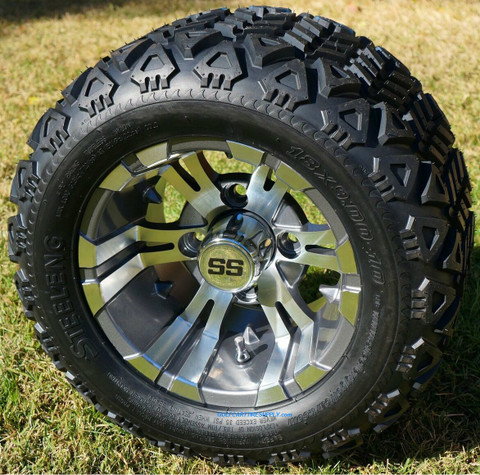
Tire/Rim Matching Chart
| Disc diameter | Tire size | Wheel rim width (inches) | ||
| Minimum | Recommended | Maximum | ||
| 13" | 135/80R13 | 3.5 | 3.5 | 4.5 |
| 145/80R13 | 3.5 | 4 | 5 | |
| 155/80R13 | 3 | 4.5 | 5 | |
| 165/80R13 | 4 | 4.5 | 5.5 | |
| 165R13 | 4.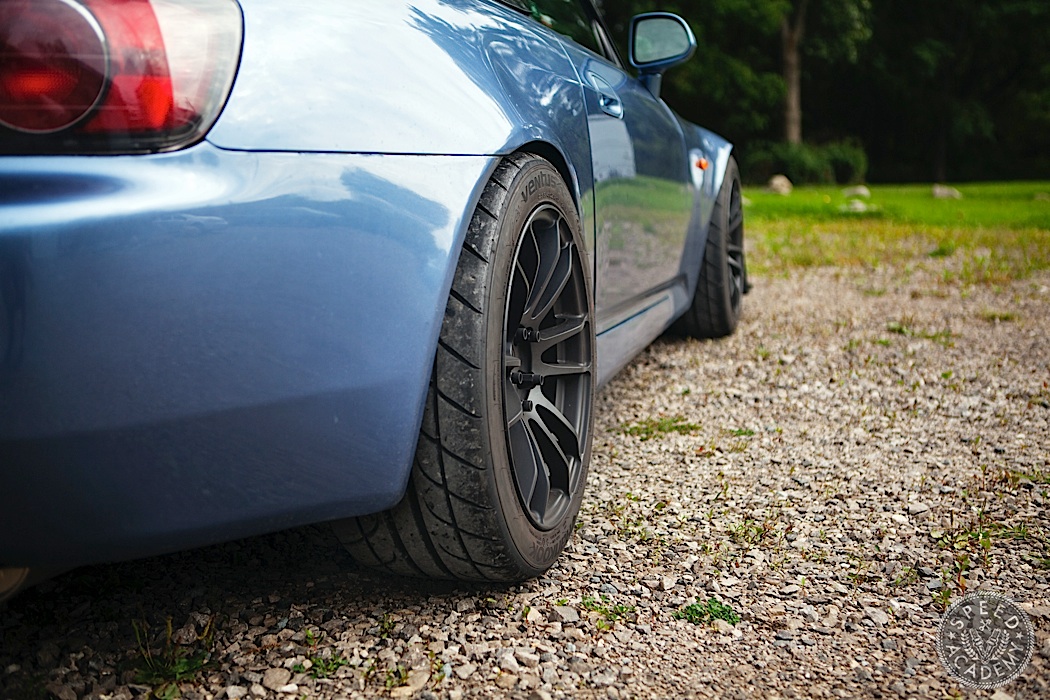 5 5 | 5 | 6 | |
| 14" | 175/80R14 | 4.5 | 5 | 6 |
| 185/80R14 | 4.5 | 5 | 6 | |
| 13" | 135/70R13 | 3.5 | 4 | 4.5 |
| 145/70R13 | 3.5 | 4.5 | 5 | |
| 155/70R13 | 4 | 4.5 | 5 | |
| 165/70R13 | 4 | 5 | 5.5 | |
| 175/70R13 | 4.5 | 5 | 6 | |
| 185/70R13 | 4. 5 5 | 5.5 | 6 | |
| 14" | 165/70R14 | 4 | 5 | 5.5 |
| 175/70R14 | 4.5 | 5 | 6 | |
| 185/70R14 | 4.5 | 5.5 | 6 | |
| 195/70R14 | 5 | 6 | 6.5 | |
| 13" | 155/65R13 | 4.5 | 4.5 | 5.5 |
| 165/65R13 | 4.5 | 5 | 6 | |
| 175/65R13 | 5 | 5 | 6 | |
| 14" | 155/65R14 | 4. 5 5 | 4.5 | 5.5 |
| 165/65R14 | 4.5 | 5 | 6 | |
| 175/65R14 | 5 | 5 | 6 | |
| 185/65R14 | 5 | 5.5 | 6.5 | |
| 195/65R14 | 5.5 | 6 | 7 | |
| 15" | 145/65R15 | 4 | 4.5 | 5 |
| 155/65R15 | 4.5 | 4.5 | 5 | |
| 165/65R15 | 4.5 | 5 | 6 | |
| 175/65R15 | 5 | 5 | 6 | |
| 185/65R15 | 5 | 5. 5 5 | 6.5 | |
| 195/65R15 | 5.5 | 6 | 7 | |
| 205/65R15 | 5.5 | 6 | 7.5 | |
| 215/65R15 | 6 | 6.5 | 7.5 | |
| 16" | 215/65R16 | 6 | 6.5 | 7.5 |
| 17" | 235/65R17 | 6.5 | 7 | 8.5 |
| 18" | 235/65R18 | 6.5 | 7 | 8.5 |
| 14" | 165/60R14 | 4.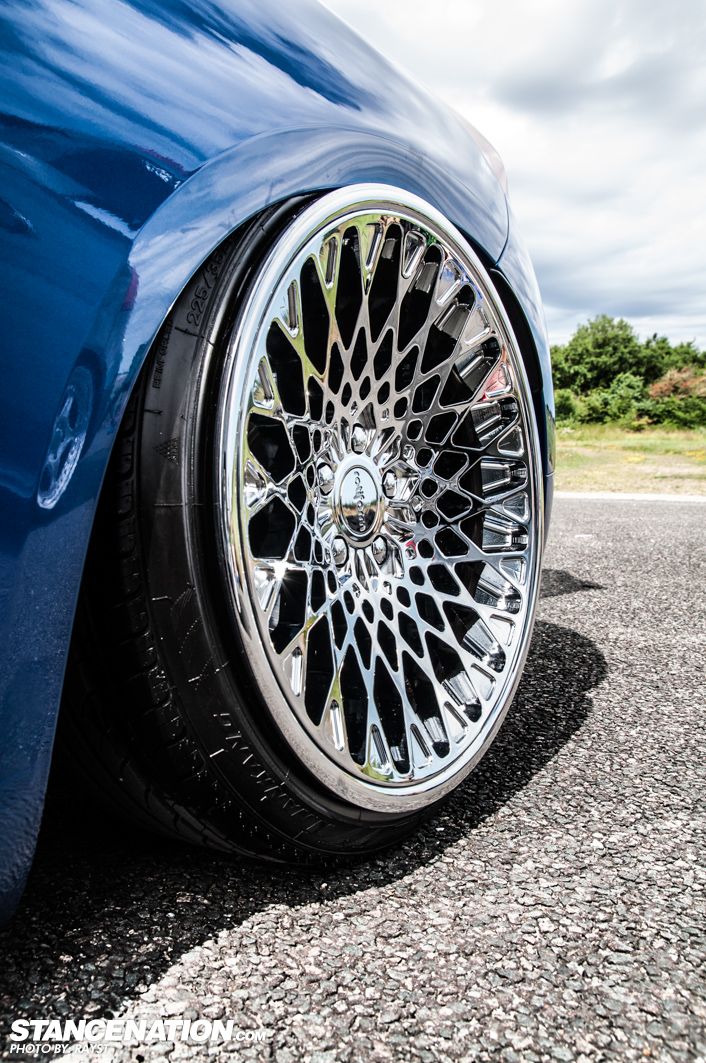 5 5 | 5 | 6 |
| 175/60R14 | 5 | 5 | 6 | |
| 185/60R14 | 5 | 5.5 | 6.5 | |
| 195/60R14 | 5.5 | 6 | 7 | |
| 15" | 175/60R15 | 5 | 5 | 6 |
| 185/60R15 | 5 | 5.5 | 6.5 | |
| 195/60R15 | 5.5 | 6 | 7 | |
| 205/60R15 | 5.5 | 6 | 7.5 | |
| 225/60R15 | 6 | 6.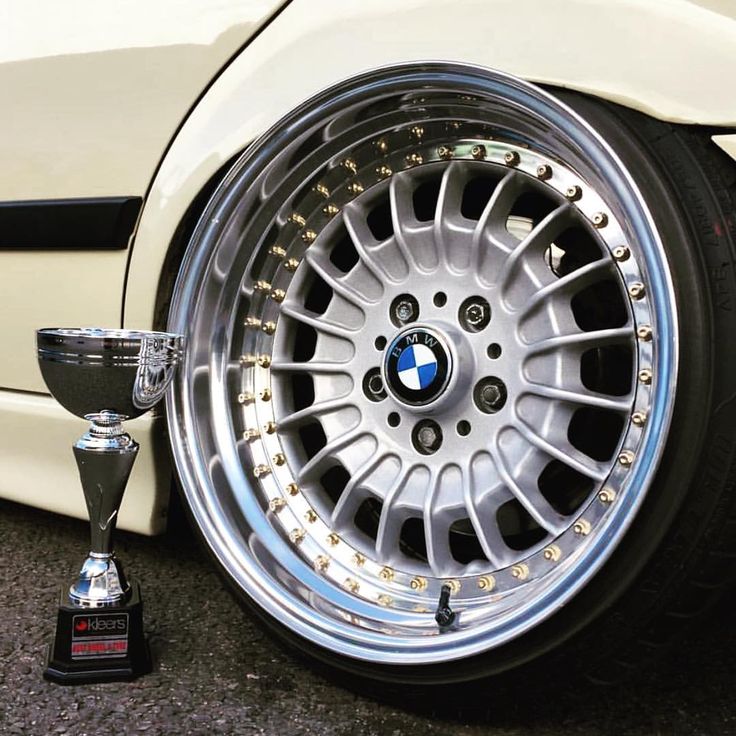 5 5 | 8 | |
| 16" | 205/60R16 | 5.5 | 6 | 7.5 |
| 215/60R16 | 6 | 6.5 | 7.5 | |
| 225/60R16 | 6 | 6.5 | 8 | |
| 235/60R16 | 6.5 | 7 | 8.5 | |
| 17" | 225/60R17 | 6 | 6.5 | 8 |
| 14" | 185/55R14 | 5 | 6 | 6.5 |
| 15" | 175/55R15 | 5 | 5. 5 5 | 6 |
| 185/55R15 | 5 | 6 | 6.5 | |
| 195/55R15 | 5.5 | 6 | 7 | |
| 205/55R15 | 5.5 | 6.5 | 7.5 | |
| 225/55R15 | 6 | 7 | 8 | |
| 16" | 195/55R16 | 5.5 | 6 | 7 |
| 205/55R16 | 5.5 | 6.5 | 7.5 | |
| 215/55R16 | 6 | 7 | 7.5 | |
| 225/55R16 | 6 | 7 | 8 | |
| 245/55R16 | 7 | 7.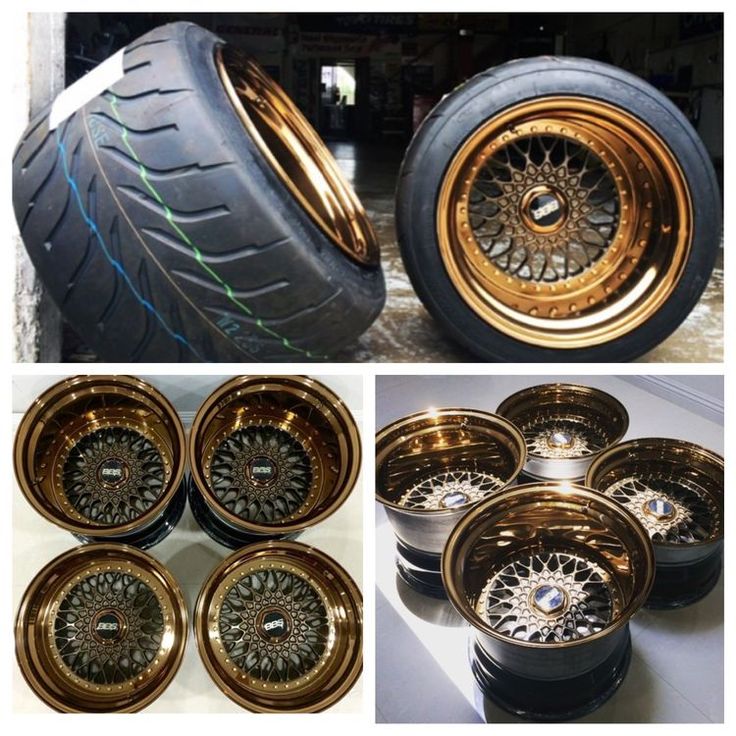 5 5 | 8.5 | |
| 17" | 205/55R17 | 5.5 | 6.5 | 7.5 |
| 215/55R17 | 6 | 7 | 7.5 | |
| 225/55R17 | 6 | 7 | 8 | |
| 235/55R17 | 6.5 | 7.5 | 8.5 | |
| 245/55R17 | 7 | 7.5 | 8.5 | |
| 255/55R17 | 7 | 8 | 9 | |
| 15" | 195/50R15 | 5.5 | 6 | 7 |
| 205/50R15 | 5.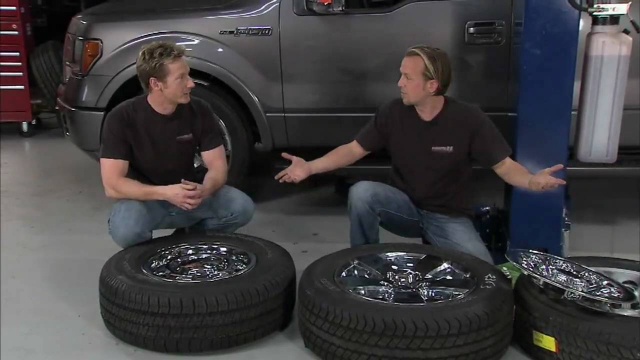 5 5 | 6.5 | 7.5 | |
| 225/50R15 | 6 | 7 | 8 | |
| 16" | 185/50R16 | 5 | 6 | 6.5 |
| 195/50R16 | 5.5 | 6 | 7 | |
| 205/50R16 | 5.5 | 6.5 | 7.5 | |
| 215/50R16 | 6 | 7 | 7.5 | |
| 225/50R16 | 6 | 7 | 8 | |
| 235/50R16 | 6.5 | 7.5 | 8.5 | |
| 245/50R16 | 7 | 7. 5 5 | 8.5 | |
| 255/50R16 | 7 | 8 | 9 | |
| 17" | 205/50R17 | 5.5 | 6.5 | 7.5 |
| 215/50R17 | 6 | 7 | 7.5 | |
| 225/50R17 | 6 | 7 | 8 | |
| 235/50R17 | 6.5 | 7.5 | 8.5 | |
| 18" | 235/50R18 | 6.5 | 7.5 | 8.5 |
| 245/50R18 | 7 | 7.5 | 8. 5 5 | |
| 19" | 275/50R19 | 7.5 | 8.5 | 9.5 |
| 15" | 195/45R15 | 6 | 6.5 | 7.5 |
| 16" | 195/45R16 | 6 | 6.5 | 7.5 |
| 205/45R16 | 6.5 | 7 | 7.5 | |
| 215/45R16 | 7 | 7 | 8 | |
| 225/45R16 | 7 | 7.5 | 8.5 | |
| 245/45R16 | 7. 5 5 | 8 | 9 | |
| 17" | 205/45R17 | 6.5 | 7 | 7.5 |
| 215/45R17 | 7 | 7 | 8 | |
| 225/45R17 | 7 | 7.5 | 8.5 | |
| 235/45R17 | 7.5 | 8 | 9 | |
| 245/45R17 | 7.5 | 8 | 9 | |
| 255/45R17 | 8 | 8.5 | 9.5 | |
| 18" | 215/45R18 | 7 | 7 | 8 |
| 225/45R18 | 7 | 7. 5 5 | 8.5 | |
| 235/45R18 | 7.5 | 8 | 9 | |
| 245/45R18 | 7.5 | 8 | 9 | |
| 255/45R18 | 8 | 8.5 | 9.5 | |
| 275/45R18 | 8.5 | 9 | 10.5 | |
| 19" | 245/45R19 | 7.5 | 8 | 9 |
| 20" | 275/45R20 | 8.5 | 9 | 10.5 |
| 16" | 215/40R16 | 7 | 7. 5 5 | 8.5 |
| 17" | 205/40R17 | 7 | 7.5 | 8 |
| 215/40R17 | 7 | 7.5 | 8.5 | |
| 235/40R17 | 8 | 8.5 | 9.5 | |
| 245/40R17 | 8 | 8.5 | 9.5 | |
| 255/40R17 | 8.5 | 9 | 10 | |
| 265/40R17 | 9 | 9.5 | 10.5 | |
| 275/40R17 | 9 | 9.5 | 11 | |
| 285/40R17 | 9 | 10 | 11 | |
| 18" | 205/40R18 | 7 | 7.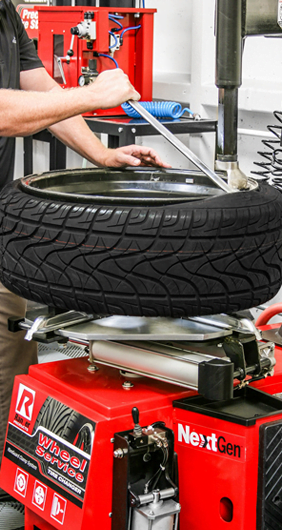 5 5 | 8 |
| 225/40R18 | 7.5 | 8 | 9 | |
| 235/40R18 | 8 | 8.5 | 9.5 | |
| 245/40R18 | 8 | 8.5 | 9.5 | |
| 255/40R18 | 8.5 | 9 | 10 | |
| 265/40R18 | 9 | 9.5 | 10.5 | |
| 275/40R18 | 9 | 9.5 | 11 | |
| 285/40R18 | 9.5 | 10 | 11 | |
| 19" | 225/40R19 | 7.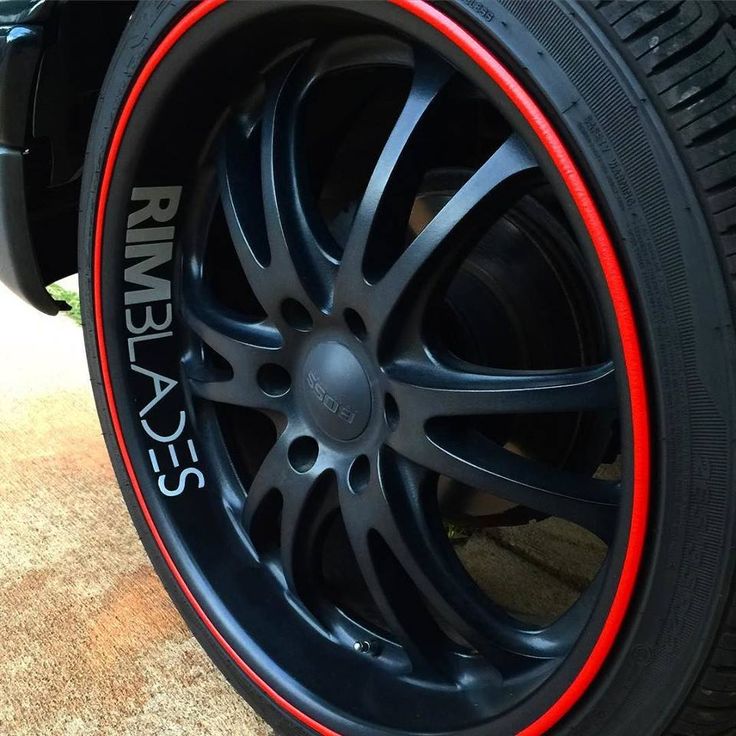 5 5 | 8 | 9 |
| 245/40R19 | 8 | 8.5 | 9.5 | |
| 255/40R19 | 8.5 | 9 | 10 | |
| 275/40R19 | 9 | 9.5 | 11 | |
| 20" | 245/40R20 | 8 | 8.5 | 9.5 |
| 17" | 225/35R17 | 7.5 | 8 | 9 |
| 265/35R17 | 9 | 9.5 | 10.5 | |
| 335/35R17 | 11 | 12 | 13 | |
| 18" | 215/35R18 | 7 | 7.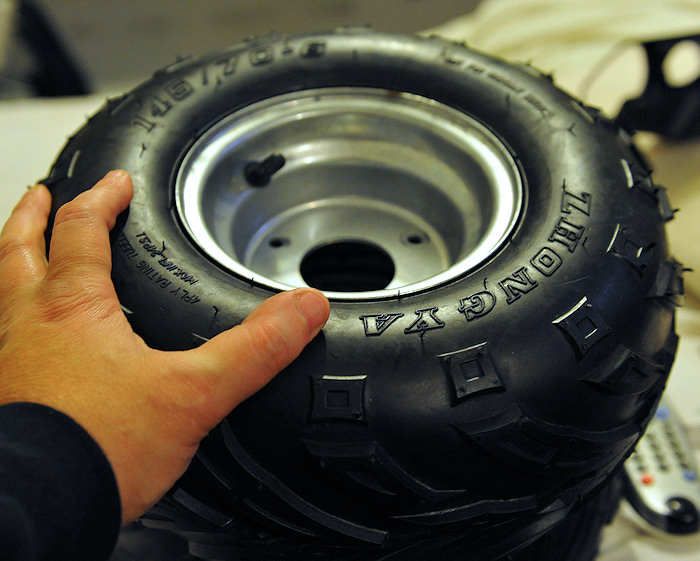 5 5 | 8.5 |
| 225/35R18 | 7.5 | 8 | 9 | |
| 235/35R18 | 8 | 8.5 | 9.5 | |
| 255/35R18 | 8.5 | 9 | 10 | |
| 265/35R18 | 9 | 9.5 | 10.5 | |
| 275/35R18 | 9 | 9.5 | 11 | |
| 285/35R18 | 9.5 | 10 | 11 | |
| 295/35R18 | 10 | 10.5 | 11.5 | |
| 345/35R18 | 11. 5 5 | 12 | 13.5 | |
| 19" | 225/35R19 | 7.5 | 8 | 9 |
| 235/35R19 | 8 | 8.5 | 9.5 | |
| 245/35R19 | 8 | 8.5 | 9.5 | |
| 255/35R19 | 8.5 | 9 | 10 | |
| 265/35R19 | 9 | 9.5 | 10.5 | |
| 275/35R19 | 9 | 9.5 | 11 | |
| 285/35R19 | 9.5 | 10 | 11 | |
| 295/35R19 | 10 | 10. 5 5 | 11.5 | |
| 20" | 245/35R20 | 8 | 8.5 | 9.5 |
| 255/35R20 | 8.5 | 9 | 10 | |
| 275/35R20 | 9 | 9.5 | 11 | |
| 21" | 245/35R21 | 8 | 8.5 | 9.5 |
| 255/35R21 | 8.5 | 9 | 10 | |
| 18" | 285/30R18 | 9.5 | 10 | 10.5 |
| 295/30R18 | 10 | 10. 5 5 | 11 | |
| 315/30R18 | 10.5 | 11 | 11.5 | |
| 335/30R18 | 11.5 | 12 | 12.5 | |
| 345/30R18 | 11.5 | 12 | 12.5 | |
| 19" | 265/30R19 | 9 | 9.5 | 10 |
| 275/30R19 | 9 | 9.5 | 10 | |
| 285/30R19 | 9.5 | 10 | 10.5 | |
| 295/30R19 | 10 | 10.5 | 11 | |
| 305/30R19 | 10.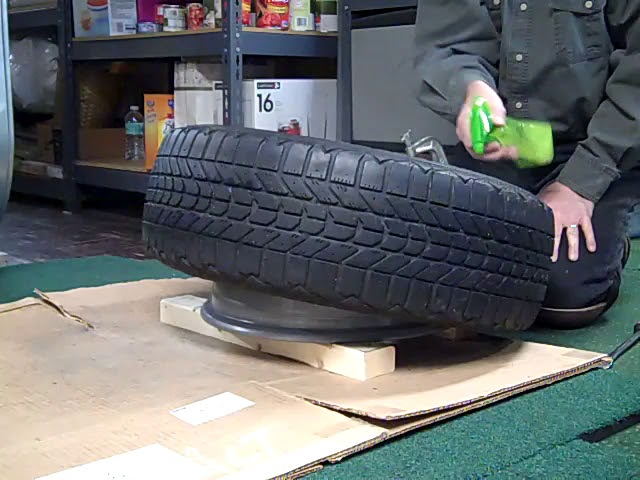 5 5 | 11 | 11.5 | |
| 345/30R19 | 11.5 | 12 | 12.5 | |
| 20" | 235/30R20 | 8.5 | 8.5 | 9.5 |
| 245/30R20 | 8.5 | 8.5 | 9.5 | |
| 255/30R20 | 9 | 9 | 10 | |
| 285/30R20 | 10 | 10 | 11 | |
| 335/30R20 | 12 | 12 | 13 | |
| 21" | 255/30R21 | 9 | 9 | 10 |
| 285/30R21 | 10 | 10 | 11 | |
| 295/30R21 | 10 | 10. 5 5 | 11 | |
| 22" | 255/30R22 | 9 | 9 | 10 |
| 19" | 315/25R19 | 11 | 11.5 | 12 |
| 20" | 285/25R20 | 10.5 | ||
| 295/25R20 | 10 | 10.5 | 11 | |
| 325/25R20 | 11.5 | 12 | 12.5 | |
| 21" | 295/25R21 | 10 | 10.5 | 11 |
| 22" | 295/25R22 | 10 | 10.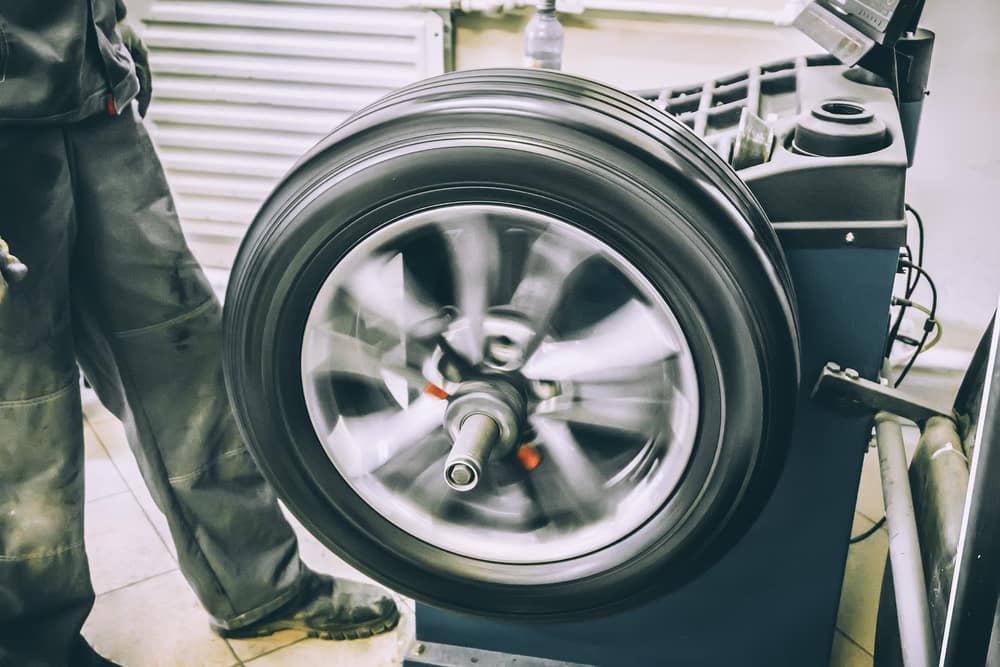 5 5 | 11 |
| Tire labels - how to read? From November 1, 2012, tires sold in countries within the European Union must have special stickers. They contain information, in particular, on the fuel.. 11 July 2022, 11:34 | |
| Causes of tire wear Tire wear is often the result of too much speed at which we move. However, there are many more factors influencing this process. Tire condition during .. July 04, 2022, 11:58 | |
| What is the minimum tread depth allowed? The tread of a tire is sometimes analyzed in terms of appearance and shape, modern technologies implemented by the manufacturer, or performance in winter conditions. However, the key parameter of tires in. 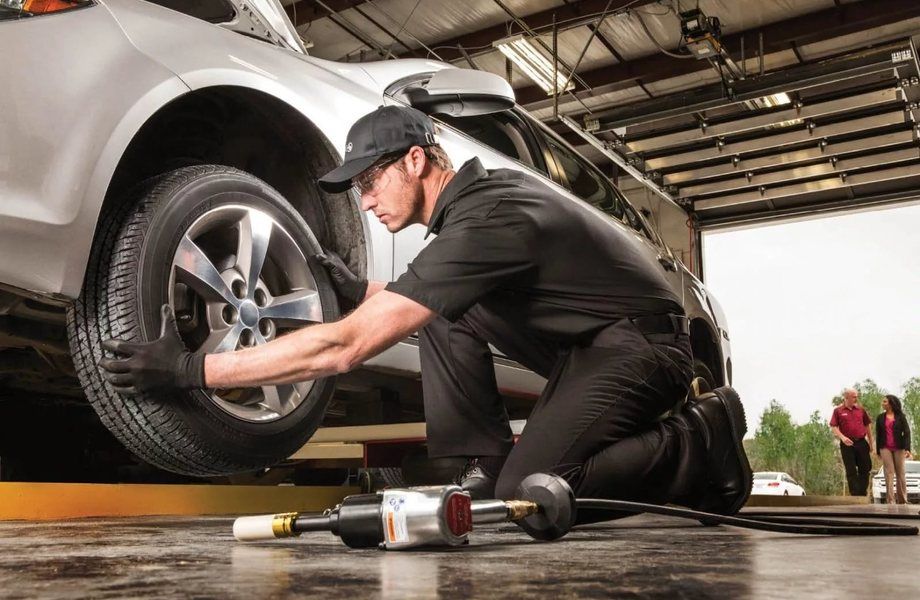 . . 23 June 2022, 10:06 | |
| Tire deformation and side ties. What to do with them? One of the remarkable and main features of the structure of the inner part of any tire is the threads that make up the cord. For quite a long time they have a radial location at.. June 08, 2022, 10:21 | |
| Wheel alignment - do I need to change tires? If your vehicle behaves on the road, it may mean that you need to replace suspension components, steering system, wheels or tires. For this may.. 07 April 2022, 15:47 | |
Updated:
27/07/2020
)
Article contents
Compliance with the width of the wheel and tire is a very important requirement, the observance of which depends not only on comfort, but also on the safety of travel.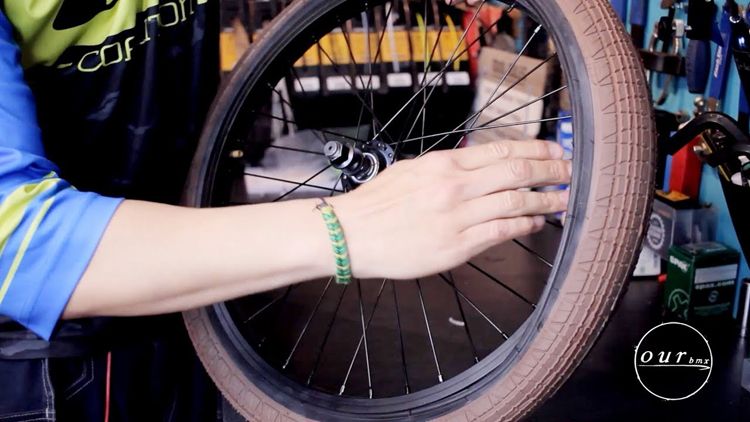
Therefore, every motorist must know the rules for this compliance and be able to select disks on a tire. But first you need to understand the geometric parameters and the rules for their display in the marking of wheels and tires.
It is worth getting acquainted with the basic geometric parameters of car tires and wheels using a practical example. Therefore, let's decipher the parameters of the tire 185/65 R13 and the disk R13 4x98 ET35 J5 D58.6.
The most important parameters of the rubber of an SUV or passenger car will be:
The following parameters and dimensions are hidden in the wheel marking:
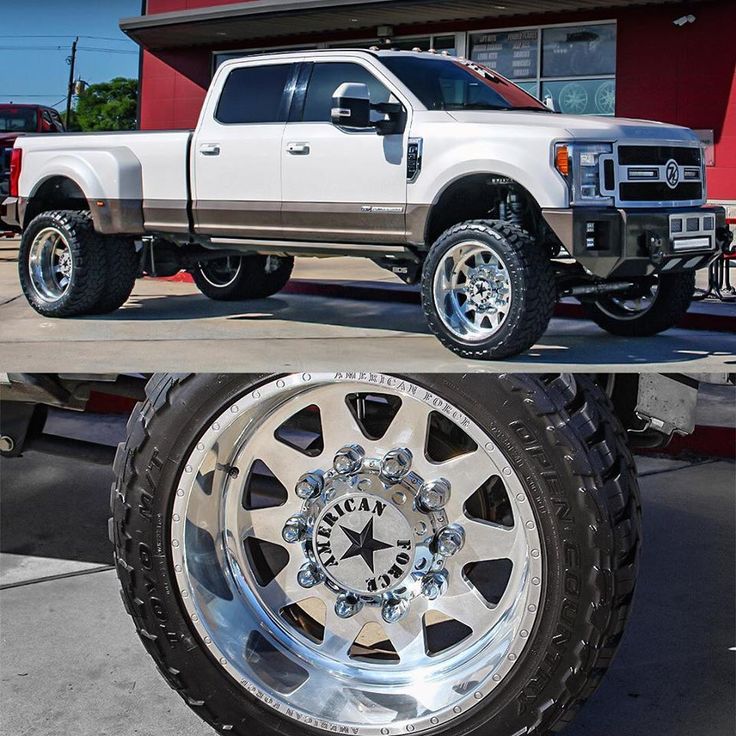 6 - 58.6 mm.
6 - 58.6 mm. The compatibility of tires and wheels is evaluated only by two parameters: firstly, it is customary to determine it by the value of the width, and secondly, by the indicators of radiality and diameter along the rim. This rule applies to both SUVs and passenger cars.
The correspondence of some sizes can be seen even in the markings considered above - R13 4x98 ET35 J5 D58.6 and 185/65 R13. Let's say right away that we chose these designations for a reason. Indeed, when selecting a rim according to the landing diameter of a tire, a direct dependence of dimensions should be observed. In fact, you do not need to select anything - these parameters must match each other. Therefore, before choosing a disc, be sure to measure or calculate the radial index using the tire marking.
Simply put, the numbers after the letter R in the tire and wheel markings cannot be different. This is what the first matching rule looks like.
The second rule of dimensional dependency is the requirement that the width of the profile and the rim be compatible. Remember: the wheel can be 25% smaller than the tire. This ratio of rim and tire width is explained by the high elasticity of rubber - with a difference of 25%, the tire will sit on the wheel more tightly than with a direct relationship.
However, the recommended rim width is measured in inches (J5), so before comparing this with a tire, we must convert it to millimeters by multiplying by a factor of 25.4 (that's how many millimeters are in inches).
Summer Drive Protection Sound Comfort
Rating:
4.5
Tires Goodyear Eagle F1 Asymmetric 3 SUV
Summer Drive Protection
Rating:
4.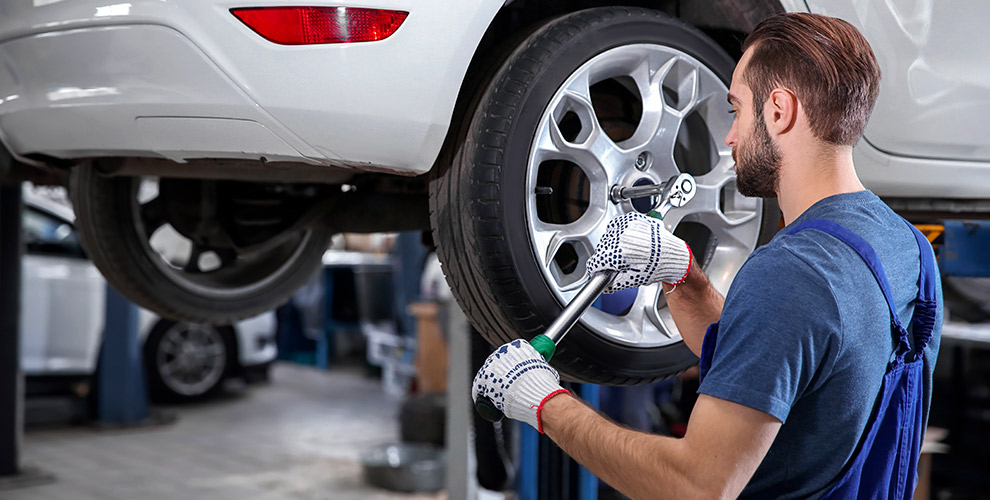 5
5
Tires Goodyear Eagle Sport TZ
Summer Drive Protection
Rating:
4.5
Tires Goodyear EfficientGrip 2 SUV
Summer Drive Protection Run On Flat
Rating:
4.5
Tires Goodyear EfficientGrip Performance
Winter Drive protection
Tires Goodyear UltraGrip Arctic 2 SUV
Winter Drive Protection Sound Comfort
Rating:
4.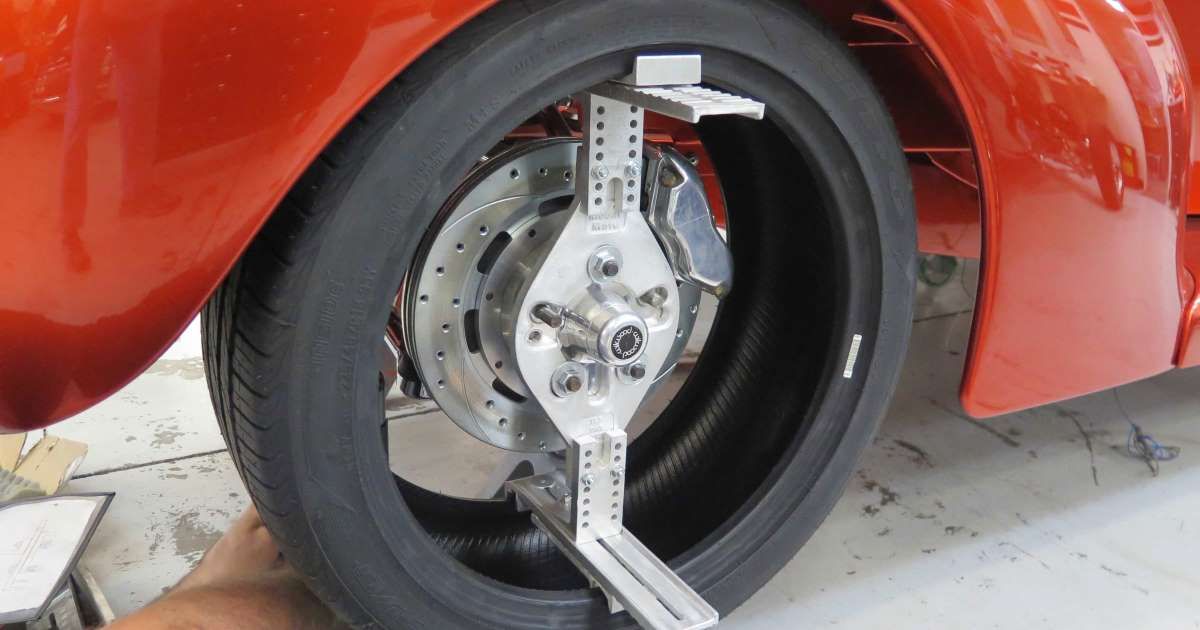 5
5
Tires Goodyear UltraGrip Ice 2
Winter Drive Protection Sound Comfort
Rating:
4.5
Tires Goodyear UltraGrip Ice SUV
Winter Drive protection
Tires Goodyear UltraGrip Performance+ SUV
All season Drive Protection
Rating:
5
Tires Goodyear Vector 4Seasons Gen-3 SUV
Summer Drive Protection Run On Flat
Rating:
4
Tires Goodyear Wrangler HP All Weather
All season Drive Protection
Rating:
4. 5
5
Tires Goodyear Vector 4Seasons
Summer
Rating:
4.5
Tires Goodyear Wrangler All-Terrain Adventure with Kevlar
Summer Drive Protection
Rating:
4.5
Tires Goodyear EfficientGrip SUV
Summer Drive Protection Run On Flat
Rating:
4
Tires Goodyear Eagle F1 Asymmetric SUV
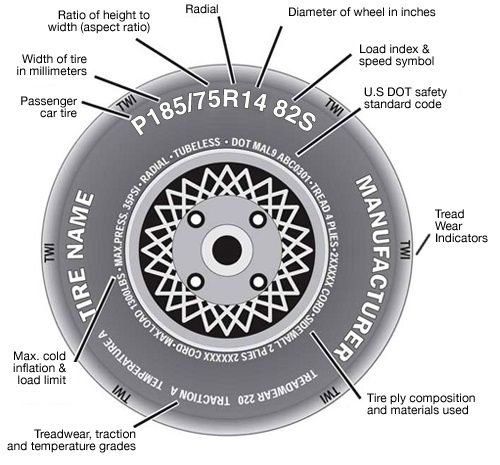 To do this, you do not need to look at the tables - just read the number following the letter "R". If these numbers in the wheel and tire markings match, they correspond to each other. For 185/65 R13 and R13 4x98 ET35 J5 D58.6, these selection parameters are absolutely identical.
To do this, you do not need to look at the tables - just read the number following the letter "R". If these numbers in the wheel and tire markings match, they correspond to each other. For 185/65 R13 and R13 4x98 ET35 J5 D58.6, these selection parameters are absolutely identical. 